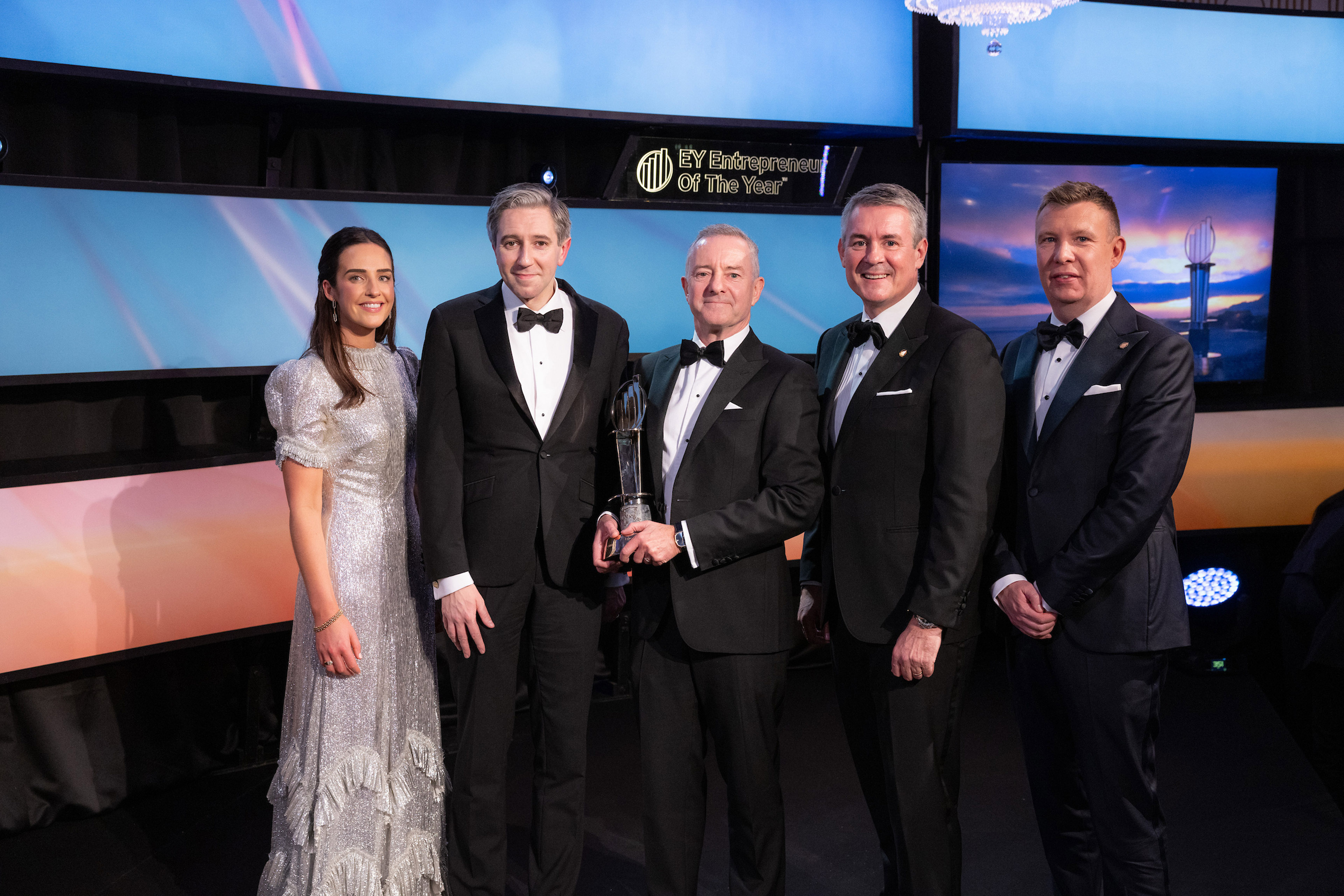EY refers to the global organization, and may refer to one or more, of the member firms of Ernst & Young Global Limited, each of which is a separate legal entity. Ernst & Young Global Limited, a UK company limited by guarantee, does not provide services to clients.

Tax functions need to change to react to increasing levels of risk, new regulation, legislation and reporting standards.
Managing the new risk landscape requires tax to be more involved in strategic decisions, weighing up tax risks and new opportunities. To do this, tax functions also need to embrace digital internally and find better ways of collaborating and working.
Let’s explore the technology innovations that can help tax functions innovate and transform. There are several aspects to this - you could write a book or certainly a few whitepapers about it - I will try and simplify it here. You need to start by establishing a blueprint for your operating model, reviewing your current processes and activities.
Maturity assessment
Typically, this starts with some kind of maturity assessment and benchmarking activity, to understand your current position and what others are doing.
Next you need to consider the different tasks and activities performed by the tax function and evaluate which ones are important for your business; which ones are low value and need to be done cost effectively and which activities are high value and more strategic in nature.
Once you have done this, you can start to explore different approaches to how you resource the activities. Whether you do them in house or outsource to a service provider, or use technology to change how you deliver, it’s likely to be a combination of all these.
The operating model needs to be flexible so it can change and adapt as circumstances change. It’s useful to get some external perspective on this, understanding and seeing how other tax functions are addressing the challenges can provide some good insight.
The outcome from this kind of initial assessment is typically a blueprint or draft operating model and a list of projects or initiatives to explore.
Depending on the complexity of the business this could take days or weeks to complete, but it should not take any longer, it’s only a draft at this stage.
New ways of working
The next thing that should be high on the list of things to do is to see how technology can be used to drive innovation and new ways of working.
There are many examples of how tax functions are embracing innovative technology to enable change.
We did a recent survey on the technology trends impacting the finance function and they are all very applicable in tax. While it might be down the road a little, Blockchain presents both opportunities and risks for tax. The technologies that are having the most immediate impact are:
Data and Analytics
Data management and analytics technologies help tax functions to get visibility of their tax positions, consistently across multiple entities, countries and regions. Getting to grips with your tax data is critical and enables all other technology led change. The fact that tax authorities now demand data to support audit and compliance processes makes this an absolute must do for tax functions, but there are many other benefits. It’s a journey, just start by visualising your tax data and building some operational dashboards to answer all the common questions. This will lead to other insights and start to evolve and gain momentum as people in the organisation start to consume the output.
Robotic Process Automation (RPA)
RPA can play a big role in driving efficiency in high volume, repetitive tasks that are time bound. We are deploying robotics in many of our own tax functions and helping clients do the same. RPA and other forms of automation can be used to streamline tax business processes across the board. The start of any automation project is to review the process that you are considering automating which often leads to a bit of process improvement and automation of parts or complete processes. There are different approaches and tools that can be used but the idea is to remove hands and human intervention from as much of the process as is possible. These technologies are considered non-intrusive, they do not require big IT implementation projects and generally work with existing enterprise systems. Think of the robot (software) as an extension of your tax team to do those mundane, repetitive tasks and free up valuable time for more important, value adding activity.
Cloud and Software as a Service (SaaS)
Cloud and SaaS makes it much easier for tax functions to access and deploy software and infrastructure on-demand, as a service. This raises another important point; tax functions should work with their IT and finance functions as they go on this journey and align with what they are doing to ensure there is no duplication of effort. We often find that tools and technology already exist somewhere in the organisation and the best approach is to leverage these for tax purposes.
Artificial Intelligence (AI)
We have deployed AI solutions to reduce the amount of time and effort spent reviewing large volumes of transaction data, with great effect. It takes a human approximately 75 hours to review 10,000 lines of transaction data, with AI we can do this in seconds! We can also train the machine on either the organisation’s data (e.g. general ledgers) or industry data (e.g. capital allowances) so the AI learns and gets better as you train it. This has lots of applications in tax functions and like automation can free up time from low value activities – we like to think of it as ‘minds + machines.’
The other thing to note is that the best solutions are often a combination of these technologies, but they all need data to be successful.
Summary
Tax functions need to embrace digital internally and find better ways of collaborating and working. That requires different approaches to resourcing activities, whether in house or outsourced, and using new and emerging technology to deliver change.



